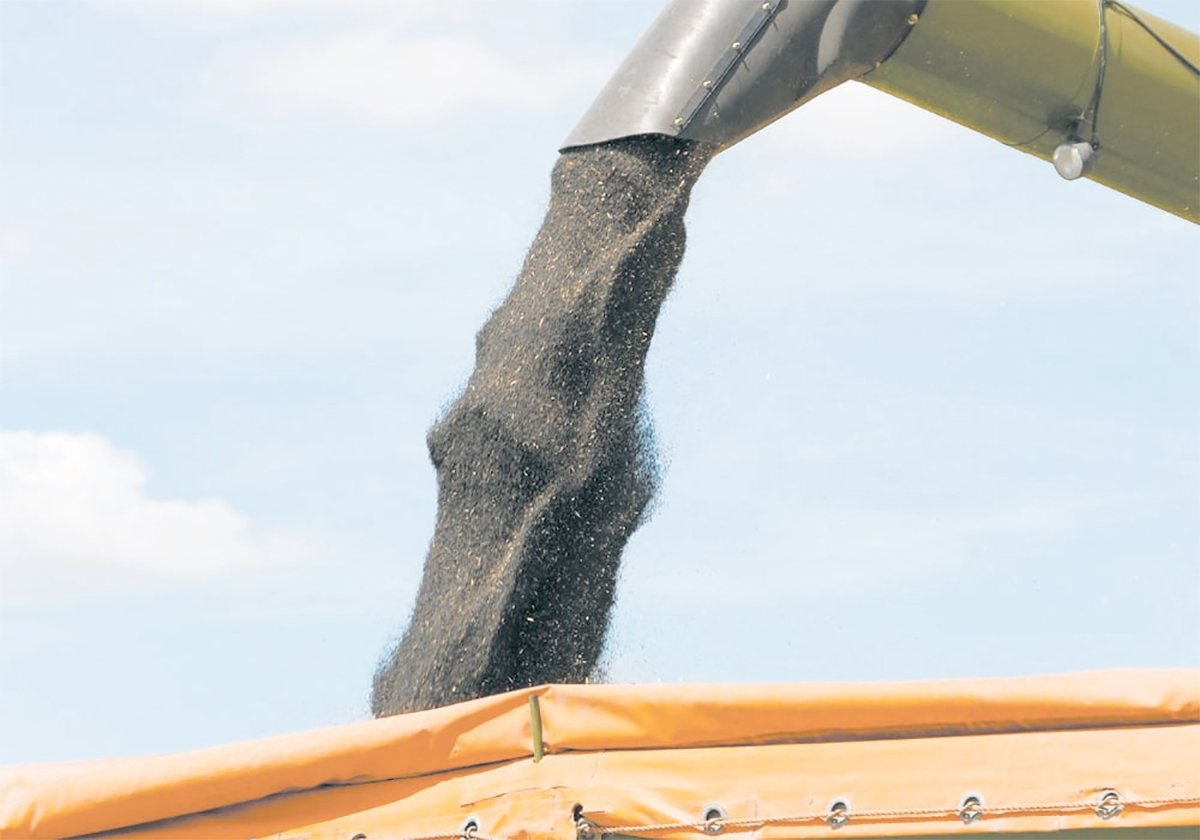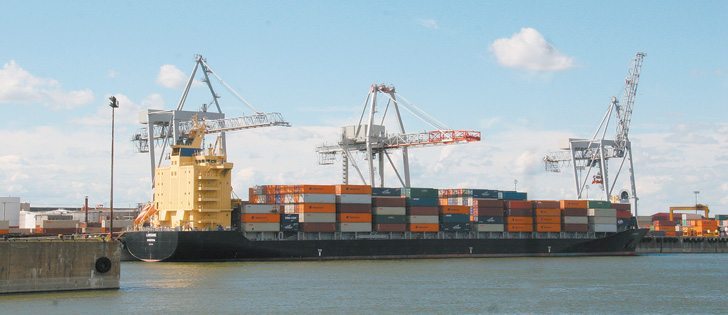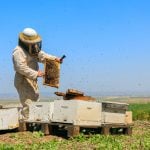A real problem with statistical reporting of Canadian farm numbers lies in the way those numbers misinform and skew public perception and government policy debate.
By allowing individuals to self-describe themselves as farmers if they produce agricultural goods with the intention of selling them, Statistics Canada compiles an inflated number of “farmers,” most of whom do not make their primary living from agriculture.
Then, as the number of these hobby farmers and shoestring operations inevitably shrinks, public concern shifts to the perceived demise of family farms and the need for government intervention to protect them.
Read Also

Determining tariff compensation will be difficult but necessary
Prime minister Mark Carney says his government will support canola farmers, yet estimating the loss and paying compensation in an equitable fashion will be no easy task, but it can be done.
The 2011 census indicated there are 205,730 Canadian farms. Presumably most would also describe themselves as “family farms” although there is no box to check for that.
Of those 205,730, 37 percent claimed gross receipts less than $25,000 annually and they produced 1.4 percent of national farm output. Farms with more than $500,000 in gross receipts produced 68 percent of national farm output.
Should family farms have access to programs that help them protect themselves from the vagaries of weather and markets? Absolutely.
But we need to register the fact that viable family farms come in many forms. Many are large. Many are corporations. Many have older farmers at the helm and younger ones playing crucial operational and ownership roles.
A recent paper from the George Morris Centre indicates a trend toward larger farms; those with more than $500,000 in annual sales and a second category with annual sales of more than $1 million.
These are not small operations of “Old McDonald had a farm” lore that an increasingly urbanized population likes to envision.
Wiser heads than ours have opined that agriculture seems to be the only business that a large portion of the public thinks should eschew technology.
How often do modern farmers hear that they shouldn’t use herbicides or genetically modified seed or other technologies that increase production?
Yet scientific discovery and technological development are embraced when applied to the businesses of electronics, automotives, communications and myriad others.
That contradiction can’t be laid at the feet of inaccurate farm number reporting, obviously, but the latter does contribute to general misperceptions about modern farming and ranching.
That extends into government, according to the George Morris Centre report. It suggests the inclusion of commercially non-viable farms in the farm total leads to one-size-fits-all policies that don’t adequately serve the farming populace.
That assertion skirts the fact that agricultural groups representing the bulk of larger farms and agri-businesses, such as the Canadian Federation of Agriculture, the Grain Growers of Canada and the Canadian Cattlemen’s Association, tend to be the ones consulted by government in making farm policy.
Nevertheless, the think-tank’s point that farm policy needs to best serve the operations that produce the bulk of agricultural goods is a valid one.
That doesn’t mean operations with low sales can or should be thrown under the combine, as it were. They have important functions in local food sales, niche marketing and lifestyle choices.
It is, however, time to redefine what we consider to be a farm for statistical reporting purposes. A definition identifying agriculture as the primary source of income might be a logical starting point.
If done properly, this new definition could improve agricultural policy so it better meets the needs of farmers.
It might also help drag lagging consumer perceptions into the 21st century, where modern farming is productive, efficient and yes, family oriented.














